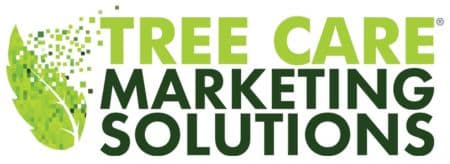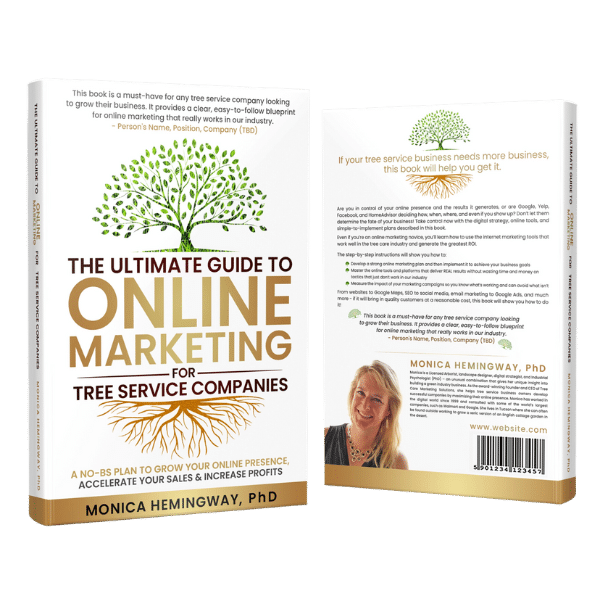Writing for the web is quite different from writing for print.
Not only do people read differently online (in fact, they scan, rather than read), but there are challenges around screen resolution, load time, and website layout that impact what and how you write for the web.
While there are some excellent resources that teach new online content writers what to say and how to say it (see CopyBlogger or ProBlogger), there are far fewer resources that show you how to format your awesome content so that people will actually read it online.
I guess it’s not all that ‘sexy’ to talk about formatting, typeface, spacing, and the like. But if you get this wrong, it doesn’t matter how good your content is – people just won’t read it. So here are my top two tips for making your content highly readable for online viewers.
Tip #1 – Keep It Short
It’s a well-known fact that web users don’t read – they skim. At best, people only read about 28% of the text on a web page. That’s right – only ¼ of your carefully crafted words are actually read.
So what are readers actually doing? They’re jumping around on the page looking for keywords and phrases that might indicate something of interest to them. To them, the rest of the page is just “filler” to be ignored.
In fact, studies show that if we simply cut out half the content on a web page, usability would increase by 58%. And if concise text is combined with a scannable layout (see next tip) and objective wording, usability can increase by a whopping 124%!
How to Keep It Short –
- Write down what you’d like to put on your web page. Then cut it in half (or more) – most of it is just “filler.”
- Put your main point up front. Many users don’t scroll down if they don’t see what they’re looking for in the first sentence or two (but they WILL scroll if encouraged to do so)
- Use easy-to-understand, shorter, common words and phrases.
- Keep paragraphs and sentences short and sweet.
- Test your page with a readability formula, such as The Readability Test Tool. It will tell you if you’re too wordy or complicated, or if you’ve gotten it just right.
Tip #2 – Help Readers Scan Your Webpages Quickly
When we look at a webpage, we don’t see it as a whole, but rather as compartmentalized chunks of information. We tend to read in blocks, going directly to items that seem to match what we’re actively looking for. We move our eyes from left to right, then continue on down the page in an F-shaped pattern, skipping a lot of text in between. On a well-designed website, this skimming allows us to quickly find important content; on a poorly-designed site, viewers simply give up in frustration and quickly leave.
Designing and structuring your webpages with skimming in mind can improve how easily viewers read and understand your content. By using scannable text (see below), you can significantly increase website usability.
What is Scannable Text?
- Keywords are highlighted (this can be hyperlinks, typeface variations, color changes, or anything else the draws attention to specific words)
- Information is presented in bulleted lists
- Key information is presented in the first few words of a paragraph
- Each paragraph has only one idea
- Content is divided into blocks
- Each block has a meaningful header
How to Create Scannable Text
- Before you start writing, organize your content into logical blocks (an outline will help with this)
- Use simple and concise headings for each block
- Use keyword-rich headings to help people skim
- Make the first two words count – users tend to read the first few words of headings, titles, and links when they’re scanning a webpage
- Front-load keywords in webpage titles, headings, and links
- Use the inverted pyramid writing style to put important information at the top of your articles
What other techniques have you used to encourage viewers to read your online content?
Update: An interesting article from Jeff Bullas (20 Simple Tips for Writing a Blog Post that Begs to be Read) on the importance of headlines, formatting, and content in encouraging people to read your entire blog post.





